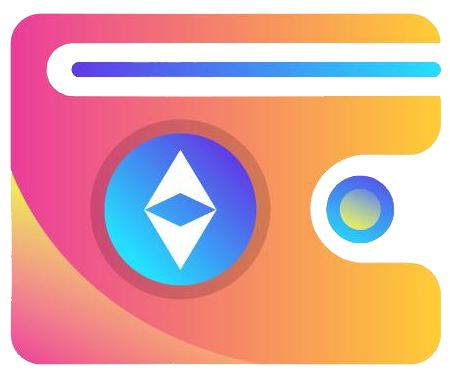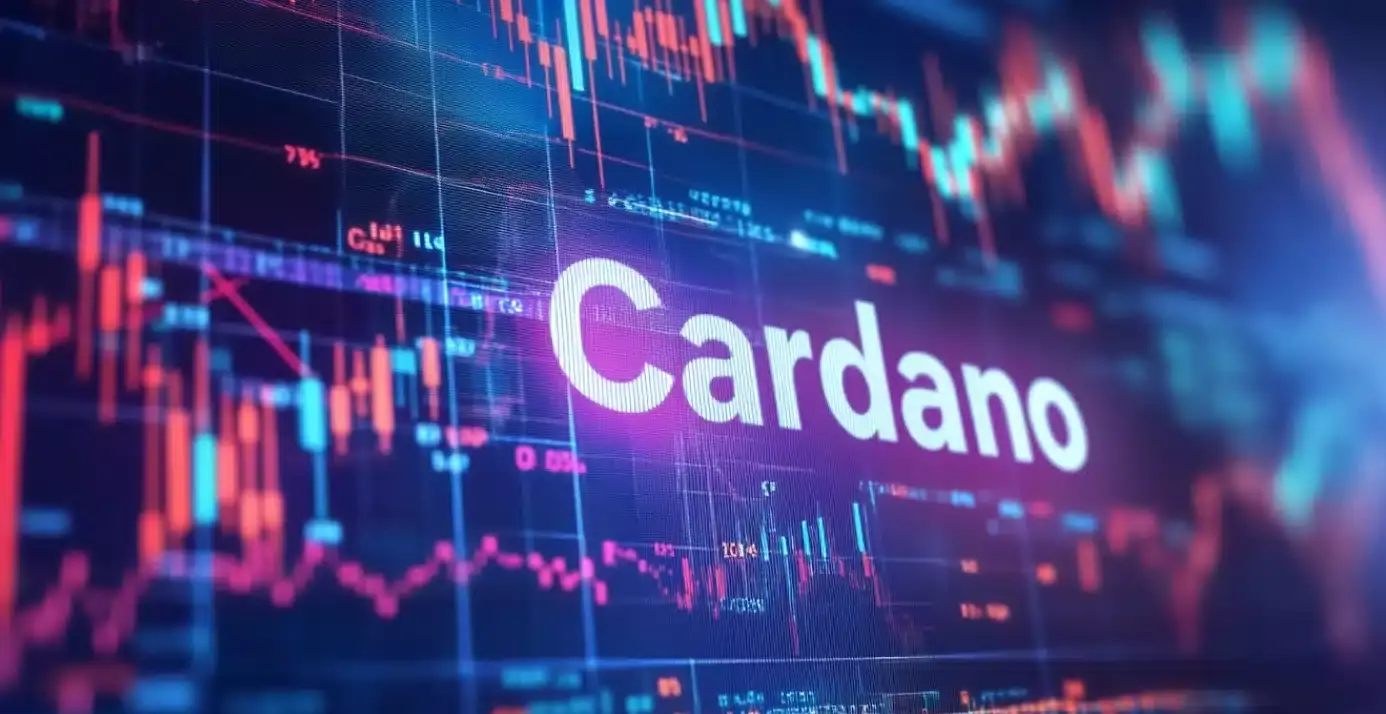Cardano (ADA) is currently navigating a challenging phase, trading around the $0.80 mark, reflecting a significant decline of over 40% from its peak in December of the previous year. This instability in price has positioned it precariously above a crucial support level, making it a focal point for investors and analysts alike. The sentiments expressed by Charles Hoskinson, the founder of Cardano, during a detailed YouTube interview, have further added to the discourse surrounding the token’s future and resilience amid heavy competition.
In his recent interview, Hoskinson directed his criticism towards other prominent blockchain platforms, notably Ethereum and Solana. He articulated the notion that Cardano’s strategic efforts towards integrating with Bitcoin represent an uncharted market opportunity worth approximately $2 trillion. He emphasized that this initiative could pave the way for Cardano to become a pivotal player in the Decentralized Finance (DeFi) sector of the Bitcoin ecosystem. Hoskinson’s strong belief is that Ethereum and Solana lack the necessary attributes to achieve this level of integration and functionality.
His criticisms extend to Ethereum’s layer-2 networks that have been siphoning users from the original platform. These layer-2 solutions are designed to enhance the efficiency and transaction capacity of the Ethereum network but have inadvertently created a competitive environment. Platforms like Base, Arbitrum, and Optimism have thrived under this model, leading Hoskinson to question the long-term viability of Ethereum’s user base as it navigates the influx of these L2 networks.
Besides Ethereum, Solana has also come under Hoskinson’s scrutiny. He raised concerns about its sustainability, suggesting that increased data movement within Solana’s framework would ultimately overwhelm it. This critique signifies a broader concern within the cryptocurrency community regarding the scalability and resilience of high-profile platforms.
Interestingly, Cardano isn’t alone in its ambitions to interface with Bitcoin, as evidenced by its recent partnership with BitcoinOS, which is expected to be operational in the coming months. However, it’s vital to note that Cardano is not the pioneer in constructing a Bitcoin layer. Other solutions like Core and Stacks have made strides in this area, demonstrating that although Cardano’s direction is promising, it is not without competition or precedent.
From a technical standpoint, ADA has seen peaks at $1.32 in November last year, followed by a decline that brought it down to $0.524. This fluctuation appears to form part of the Elliott Wave theory, indicating a potential bullish phase ahead. Cardano remains above its 50-week moving average, suggesting that bullish conditions still persist.
Looking ahead, while Cardano faces significant challenges in a crowded market, it also possesses unique strategies that could differentiate it from competitors. Its ability to leverage Bitcoin’s ecosystem might just be the turning point needed for a resurgence in its valuation, targeting last year’s high of $1.32, thus promising a potential upside of around 70% from current levels.
With all these factors at play, Cardano’s journey forward remains an intriguing area of exploration for both supporters and skeptics in the ever-evolving cryptocurrency landscape.

